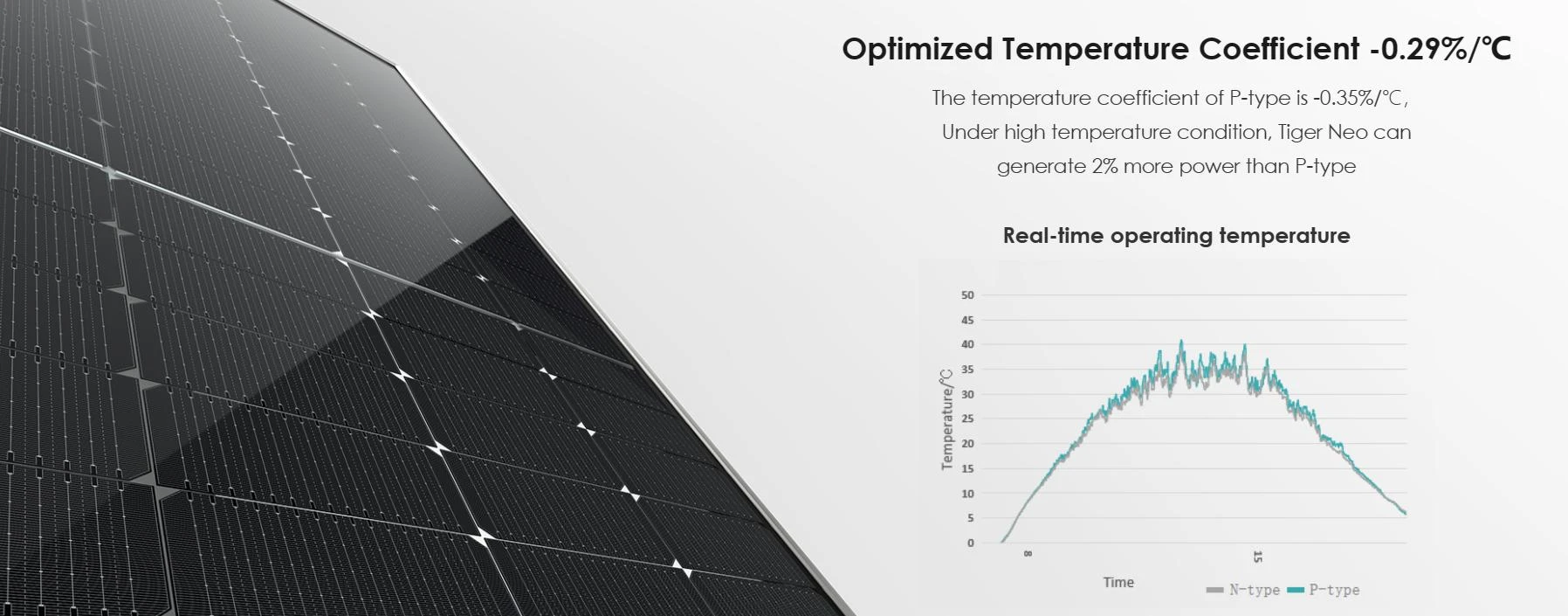Comparing String Inverters and Micro Inverters for Solar Panel Systems
Solar Panel String Inverter vs. Micro Inverter Which is Right for You?
The growing adoption of solar energy has prompted many homeowners to consider how best to harness the sun’s power. Among the most important decisions to make is the choice of inverter. Two popular options are string inverters and microinverters. Understanding the differences between these two types of inverters can help you choose the best solution for your solar panel system.
What is a String Inverter?
A string inverter is a central unit that connects a series of solar panels, referred to as a string. In this setup, the inverter converts the direct current (DC) generated by the panels into alternating current (AC), which can be used in your home or fed back into the grid. Typically, a string inverter is more cost-effective and has been the traditional choice for solar installation due to its simplicity and efficiency at large scales.
Advantages of String Inverters
1. Cost-Effectiveness String inverters generally have lower upfront costs compared to microinverters. They can handle multiple panels, which reduces the total number of devices needed and can lower installation labor costs.
2. Reliability With fewer components to fail, string inverters often boast higher reliability. They have been a trusted technology for many years and have proven their durability under various environmental conditions.
3. Maintenance Maintaining a string inverter is usually easier because you are dealing with a single unit rather than multiple separate devices. This centralized system allows for straightforward troubleshooting and repairs.
4. Efficiency at Scale For larger installations, particularly in open spaces without significant shading issues, string inverters can deliver excellent efficiency and performance.
Disadvantages of String Inverters
1. Performance Limitations If one panel in the string is shaded or underperforming, it can affect the overall performance of the entire string. This “weakest link” scenario can diminish the overall output, particularly in partially shaded environments.
2. Flexibility Issues String inverters are less adaptable to varying panel orientations and roof layouts. If your solar array has panels facing different directions or has obstructions, performance may suffer.
What are Microinverters?
solar panel string inverter vs micro inverter

Microinverters, as the name suggests, are small inverters attached directly to each individual solar panel. This allows each panel to operate independently, converting the DC into AC right at the source.
Advantages of Microinverters
1. Maximized Energy Production Since each panel operates independently, microinverters can significantly improve overall energy production, especially in conditions where shading is irregular or where panels are oriented differently.
2. Enhanced Monitoring Microinverters enable panel-level monitoring, allowing homeowners to track the performance of each solar panel. This can help in identifying underperforming panels and addressing issues promptly.
3. Scalability Microinverters allow for easy system expansion. If you decide to add more panels in the future, you can do so without needing to replace or upgrade the existing inverter system.
4. Longer Lifespan Typically, microinverters come with longer warranties than string inverters, often lasting up to 25 years, reflecting their durability and advanced technology.
Disadvantages of Microinverters
1. Higher Initial Costs Microinverters generally have a higher upfront cost than string inverters. This can make initial installation more expensive, particularly for larger systems.
2. More Complex Installation Each microinverter has to be connected to an individual solar panel, which may require more labor and time during installation.
3. Potential for More Components to Fail With more devices in play, there can be a higher chance of failure, although replacements can often be done on the panel level without disrupting the entire system.
Conclusion
Choosing between string inverters and microinverters depends largely on your specific solar energy needs, budget, and the characteristics of your installation site. If you have a straightforward setup with minimal shading and want to minimize upfront costs, a string inverter may be the way to go. Conversely, if your roof has shading issues, or you want the flexibility to expand your system easily in the future, microinverters could provide a better return on investment. Consulting with a solar energy professional can help you make the best choice tailored to your situation, ensuring you harness maximum energy from your solar panels.
-
String Solar Inverter: The High-Efficiency Solution for Smart Solar EnergyNewsJul.14,2025
-
Revolutionizing Rooftop Energy with the Power of the Micro Solar InverterNewsJul.14,2025
-
Power Independence with Smart Off Grid Solar Inverter SolutionsNewsJul.14,2025
-
On Grid Solar Inverter: Powering the Future with Smart Grid IntegrationNewsJul.14,2025
-
Monocrystalline Solar Panels: High-Efficiency Power for the Future of Clean EnergyNewsJul.14,2025
-
Bifacial Solar Panel: A Smarter Investment for Next-Generation Energy SystemsNewsJul.14,2025







